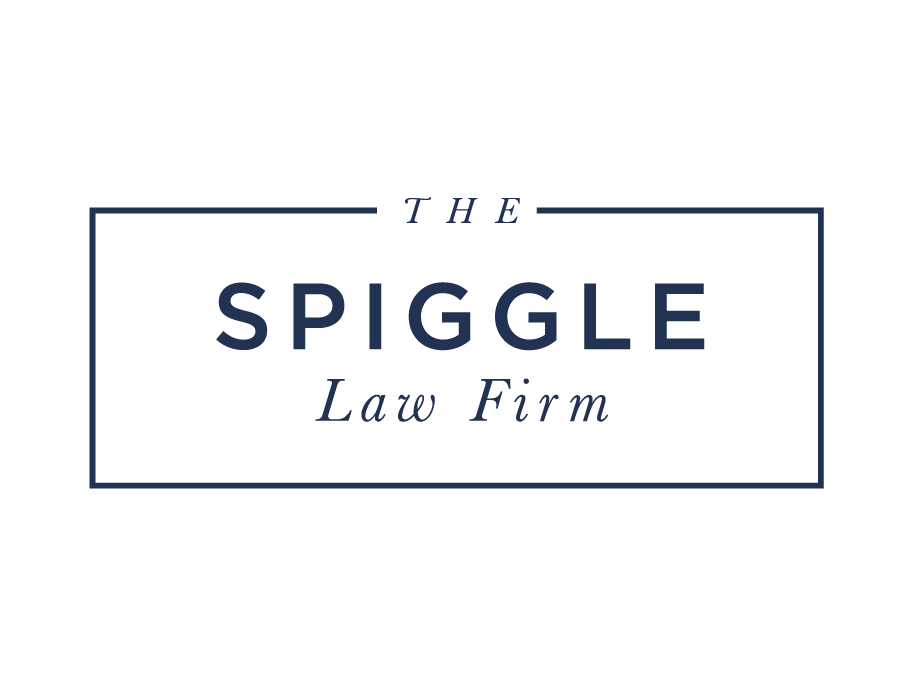Imagine an employee gets let go in retaliation for talking about racial discrimination or bias at work. After getting fired, that employee considers taking legal action against their former employer.
What cause of action would the employee rely on? One thought is to sue for racial discrimination under Title VII of the Civil Rights Act of 1964 (Title VII). The problem with relying on this law in this case is that the firing may not be the result of the employee’s race. Instead, the employer might have fired the employee because it didn’t like the employee bringing up controversial topics at work.
Is there another legal basis for arguing the firing was unlawful? There’s at least one more, specifically that the employer violated the National Labor Relations Act of 1935 (NLRA). But how is this possible when the NLRA focuses on things like the right to unionize and take collective action?
It’s because the National Labor Relations Board (NLRB), which is the federal agency tasked with enforcing the NLRA, takes a broad view of what work-related activities count as collective action under the NLRA.
How the NLRA Protects Workers Taking Collective Action
Under Section 7 of the NLRA, most private-sector employees have the right to engage in “concerted activities for the purpose of…mutual aid and protection.” If an employer interferes with this right, the employer may be in violation of Section 8 of the NRLA.
When an employer interferes with an employee’s Section 7 rights, two elements are often required. First, the employee must have engaged in a concerted activity. Second, the concerted activity must have had the goal of improving the working conditions of multiple employees.
What Is a Concerted Activity Under the NLRA?
An employee partakes in concerted activity if they act with at least one other employee. Alternatively, a concerted activity can occur if an employee acts with the authority of other employees.
Concerted activity can also exist if an employee acts in a way that logically extends from an earlier collective action. Finally, an employee talking to coworkers about taking group action, or talking to management about a job-related concern (that affects multiple employees), can also qualify as concerted activity.
There is concerted activity even if not all employees agree on what to do about an issue or if no one makes an explicit call to action. If no direct calls for group action exist, there can still be concerted activity if the communications among the employees are “inherently concerted” and relate to work.
What Qualifies as Mutual Aid Protection Under the NLRA?
Generally speaking, a concerted activity deals with mutual aid and protection if it has the goal of improving the terms and conditions of work. This can include things like higher pay, different work schedules and safer working conditions.
Unlike the concerted activity prong that involves the actions or concerns of two or more employees, the mutual aid and protection prong will sometimes only relate to a single employee’s concerns. For example, if a single employee is subject to disciplinary action, that employee may solicit the assistance and support of fellow employees and still satisfy the mutual aid and protection prong.
Talking About Racial Bias at Work
In certain situations, discussing work-related racial bias will qualify as concerted activity for mutual aid and protection; let’s use an example to illustrate. A group of employees have a meeting at work where they talk about why their boss might be racist.
If the employer took adverse action against one or more employees in response to this meeting, the employer could be liable for violating the NLRA. To help understand how, the NLRA recently released an Advice Memorandum discussing a similar situation.
The Kaiser Permanente Bernard J. Tyson School of Medicine Advice Memorandum
The Kaiser Permanente Bernard J. Tyson School of Medicine (employer) hired an individual (an employee whose name was kept confidential in the Advice Memorandum) to work as a physician and medical school professor. After the police shot and killed a Black male near the employer’s campus, the Dean of the employer sent a school-wide email that the employee and others felt was “tone deaf” and reflected the Dean’s racial bias.
The employee then met with a small group of students and fellow faculty members. During this meeting, the employee wore a t-shirt that said, “I can’t breathe” and encouraged discussions about how racial bias can negatively affect a person’s health. The Dean’s email was discussed, as well as how the medical professional has perpetrated gender and race discrimination. Some of the discussions became intense, with at least one student getting upset. At some point during the meeting, the employee suggested the students read the book, White Fragility: Why It’s So Hard for White People to Talk About Racism.
After this meeting, the employer told the employee that their teaching privileges were being revoked while the employer investigated what happened during the meeting. During the investigation, the employee made multiple tweets about their thoughts concerning racism in medicine.
Early on during the investigation, the employer expressed its willingness to have the employee return to their teaching duties. The employee then made additional tweets with updates as to what was going on with their teaching suspension and how they weren’t happy with the process.
Upon learning about the most recent tweets, the employer told the employee it had decided not to renew the employee’s teaching contract. The employer explained that this decision was not the result of its investigation into the meeting discussing racial bias, but was instead the result of the employee’s job performance and other issues.
The employee filed a charge (complaint) with the NLRB, and an associate general counsel of the NLRB investigated the complaint. They concluded that the employee’s tweets and participation in the meeting constituted protected concerted activities under the NLRA. The associate general counsel also believed that the employer’s decision to not renew the employee’s contract violated Section 8(a)(1) of the NLRA.
The associate general counsel reached these conclusions because the meeting discussed racial issues faced by Black faculty members and there was at least one other fellow employee present at the meeting. Therefore, it was an inherently concerted activity for mutual aid and protection. As for the tweets, they were a logical outgrowth of the meeting and also concerned terms and conditions of employment.
With respect to the employee’s firing, the associate general counsel found that the employer’s claimed reasons were pretextual and the real reason for not renewing the employee’s contract was because of the meeting and the tweets. The associate general counsel noted that before the employee was suspended, the employer never brought any performance or behavioral concerns to the employee’s attention.
Then there’s the fact that before the meeting, the employer recommended that the employee be promoted and their contract renewed. Finally, the employer’s attorney admitted to the employee’s attorney that some of the employee’s tweets were a problem.
Summing It Up The NLRB will interpret the NLRA’s protections broadly as won’t apply to just union meetings or formal events relating to pay or benefits. Rather, the protections may apply to actions and discussions relating to many potential subjects, including racial discrimination.





